How to market your product as a Technical Founder
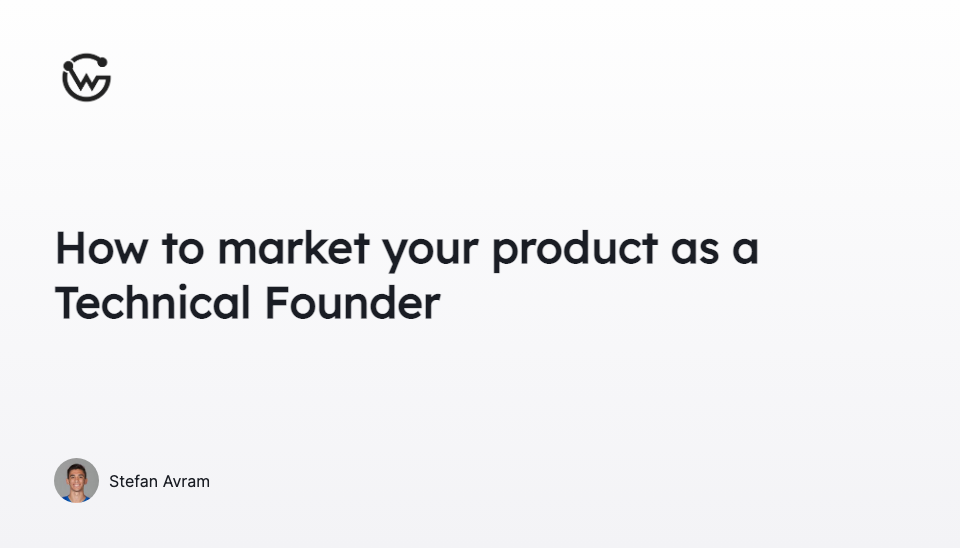
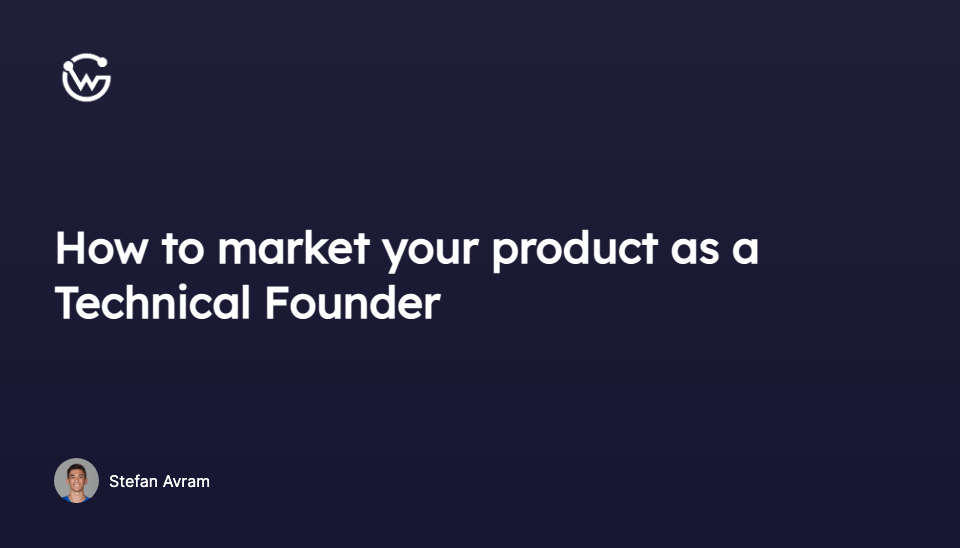
Stefan Avram
Introducing WunderGraph Hub: Rethinking How Teams Build APIs
WunderGraph Hub is our new collaborative platform for designing, evolving, and shipping APIs together. It’s a design-first workspace that brings schema design, mocks, and workflows into one place.
I am writing this article to help other technical co-founders on how to do marketing and sales. These tips and tricks helped us grow our email list to 1000+ contacts, 200+ Discord members (who are actively participating), and 1–5 Sales calls a week in 6 months.
Disclaimer: This is not the only way to grow in marketing and sales. These are the things that we tried and that worked for us. I hope you find some value in this blog, hopefully we can help you grow just a little bit with some of these tips and techniques.
The first thing I suggest to any co-founder of a technical startup is to read the article Do Things that Don't Scale By Paul Graham. This article is the hard truth about what you need to do to get your first customers. It's hard, it's grueling, and it's the only way to get customers. You have to do things that don't scale. It can't be automated, and it can't be ignored. Just because you have an awesome product, doesn't mean anything if you have no sales. You will have to recruit your first users manually.
Now what are things that don't scale? The first thing is outreach. When you finish your MVP, it's important to stop building for a second and step back. You have a MVP ready to be used, now it's time to find users.
The first thing we did at Wundergraph was reach into our personal circle. I specifically told everyone I know who was working in technology about WunderGraph. I validated the product with a couple of my software engineer friends . Once I got positive feedback from them, I expanded my circle even more.
I reached out to every single contact on my LinkedIn who was in tech to checkout WunderGraph. Here are some examples:
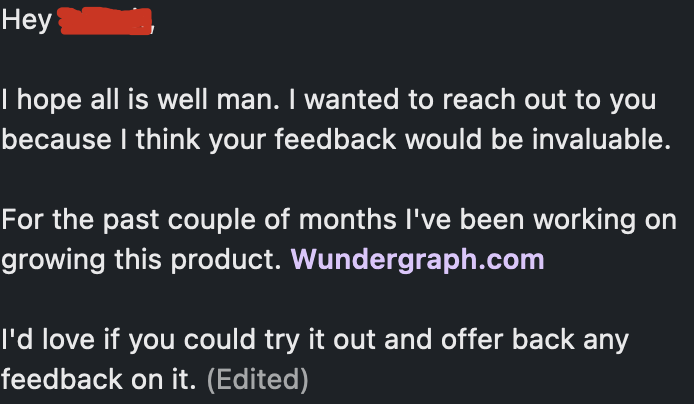
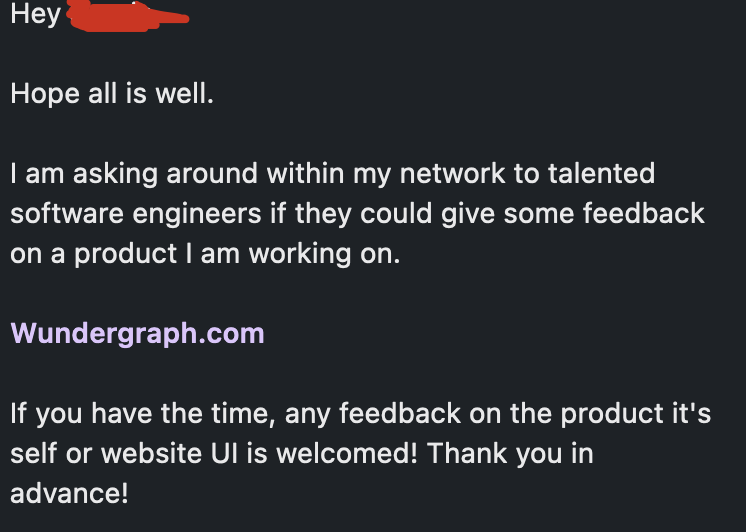
It's important that you don't copy and paste the same message to everyone. You don't want to spam your network, you are genuinely asking for some feedback on your product. Each of our co-founders did this, and got awesome feedback for all sorts of things. We got feedback on our landing page, on our documentation, our SEO (which we will talk about more later) and even our social media pages. But the most important feedback that we got was this was an interesting product that was worth pursuing.
Every marketing and sales person or book will mention ICP. It's always talked about and it's actually always needed. We did it a bit backwards at WunderGraph and learned how important it was to do first.
This step is something that should be done quickly and evolve as you and your product evolve. Quickly draft up who you think would be the ideal customer of your product. Where do they work? What is their title at work? What are some characteristics they should have? Why would they use your product? What problem are you solving for them? How much would they pay for this solution? These are the type of questions you need to answer, but don't spend too much time on this. Answer them and move on.
Once you have your ICP, generate a list of companies (the more, the better) of where your ICP would be hanging out. Would it be the CTO? Lead Developer? Salesforce expert? Whatever it is, build that list. We used a mix of Linkedin and some paid tools like Lusha and Hunter.io to get emails for our ICP's. Your ICP is important and will continue to be important throughout your marketing and sales journey.
Once we have the profiles and emails of our ICP's. The hard work begins. Cold outreach is one of the hardest parts of marketing your standup. It will feel awkward and strange at first, but it's 100% necessary to grow your startup. Once our personal network reach slowed down a bit, we switched to Cold Email. We emailed everyone we thought would be interested in learning about Wundergraph based on our ICP.
Your success with cold email comes down to a lot of things, but I think the most important is quantity and the quality of the emails. It's important to make each email personal. You are asking people for a moment of their time to provide you a invaluable service. These emails can't be generic spam emails, they need to be personal and genuine.
The subject needs to be something that would make you open it.(DUH, it's common sense, but not common practice) It's good to try out the subject lines in batches and see which ones have the best open rate.
Do some research on the person you are going to be emailing. Did you like their blog post? Why are you reaching out to them? Did they tweet something that was of interest for you? Strike a relationship with them.
Don't ask if they are free. End the email with a time or a link to your calendly. It's important to be a little bit assertive. Suggest a time like "Does Friday, the 26th at 2pm EST, work with you?" or leave your calendly link.
Email Tracking software is necessary. You need to track who opens your email and who doesn't. (We use MailTrack and Active Campaign.) These metrics are massive early on and you need to see what is working and what's not.
The email needs to be quality and you also need quantity. The more emails you send the better. I think for Wundergraph we sent out over a 2500 emails in 6 months. Or about 10 emails a day. We had a decent success rate with cold email and got on a lot of interesting calls.
Every call counts early on. It's super important to hear what people who are not in your network or personal friends, think about your product. The calls were interesting, because we learned something new that helped honed our pitch and product. Also as a technical co-founder, these calls are training for you.
You need to know how to pitch your product and work on your sales. Every call provides you some experience points in Sales and Marketing. Cold Outreach is a great way to get initial feedback and get on some early sales calls.



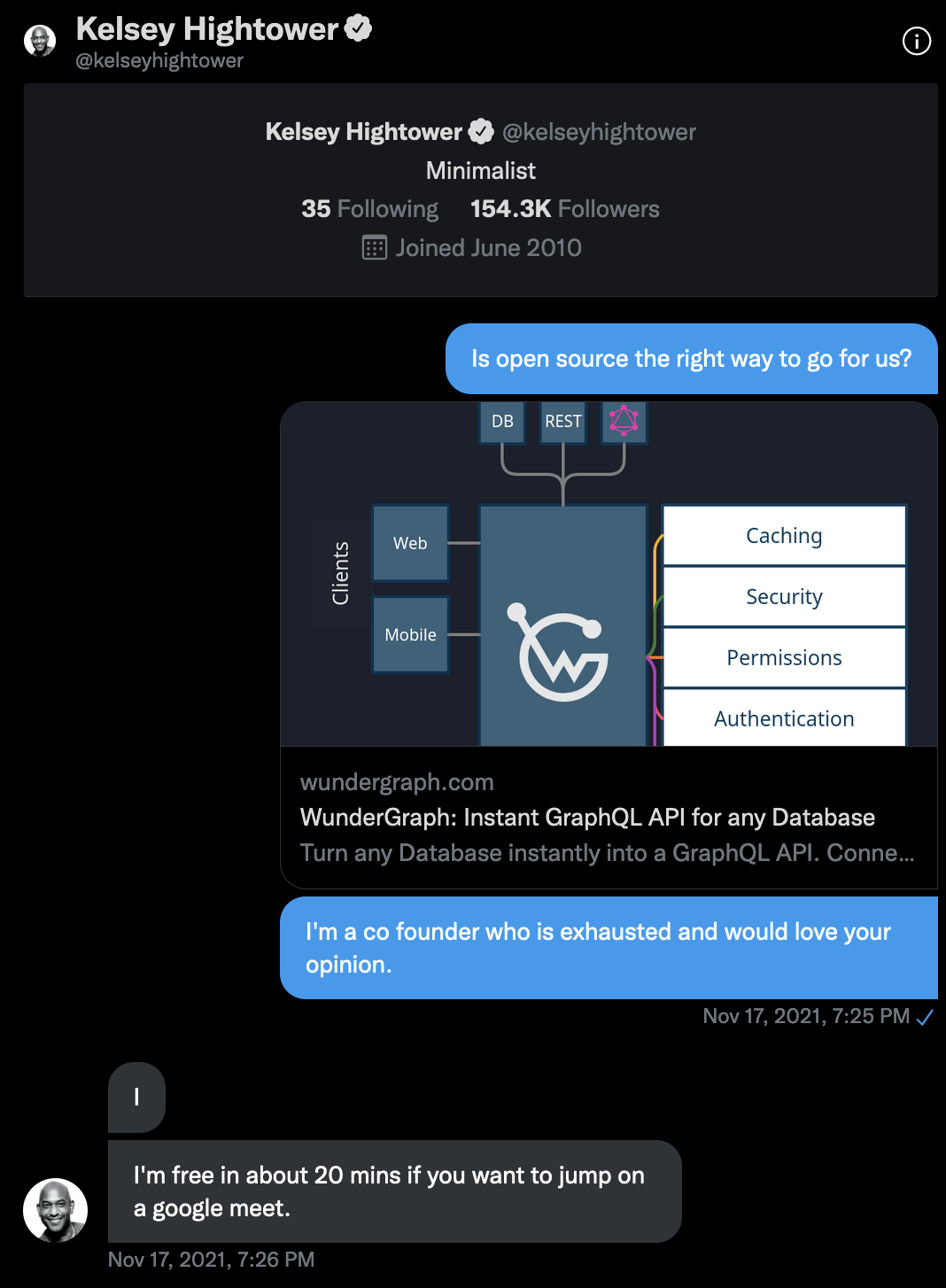
Our next biggest marketing success was creating valuable content. This technique is the most labor intensive and time consuming, but when it's done correctly, you will reap the rewards. It's important to know that you must create VALUABLE and PROVOKING content. It's very easy to read a article and notice that it is half-assed and just written with click-bate to promote the product.
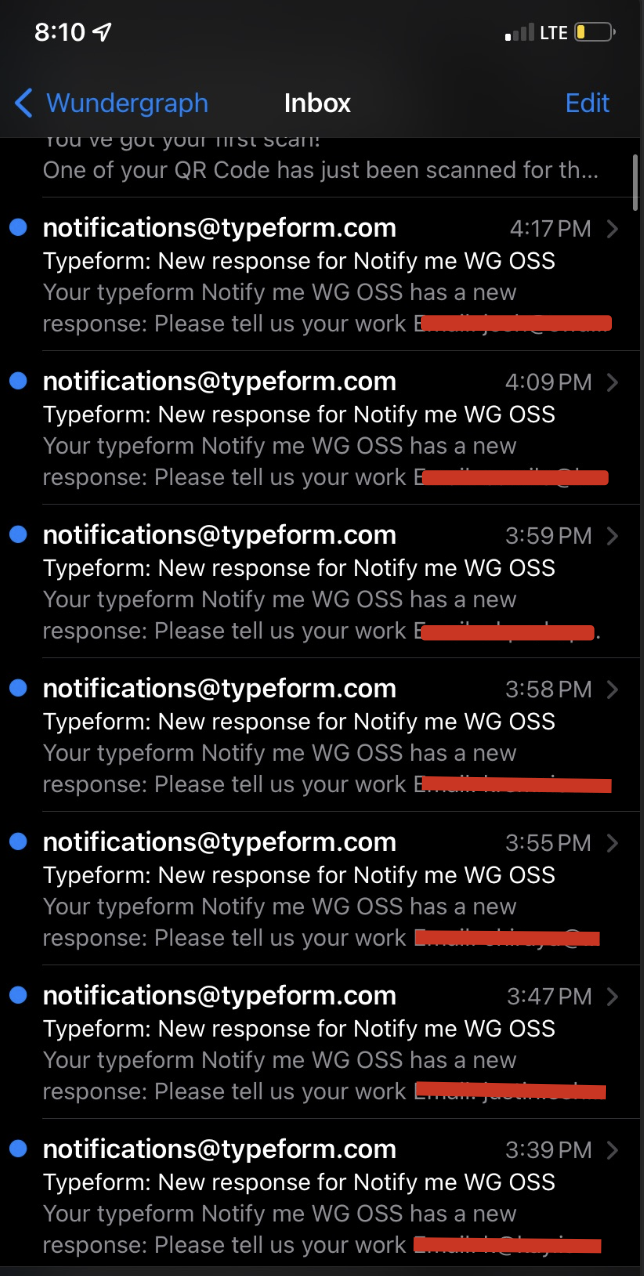
What do we mean by valuable and provoking content? If you are reading this article, you've probably read our other blog posts 😉, but I will explain nonetheless.
GraphQL is not meant to be exposed over the internet . This article was one of our most popular. It provided a very compelling narrative written by our CEO and Founder Jens Neuse . The article was excellently written and provides valuable content about how we think GraphQL should be handled over the internet. This article is also provoking because it's a bit controversial and that's totally okay.
You want to separate your readers away from the people who don't care about your product and vision. You want to focus on your early adopters, your adopters are the people who agree with your vision and your product, and in turn will be the ones that will advocate on behalf of your product. They will offer valuable feedback in it's development and growth. Don't pay any attention to what the "haters" are saying, focus on writing your provoking and valuable blogs.
Fun Fact: a pretty big influencer in the Tech community wrote a blog post roasting one of our blog posts, and we actually got an increase in free traffic and 40% of the viewers didn't bounce and wanted to read more of our blogs. So thanks?
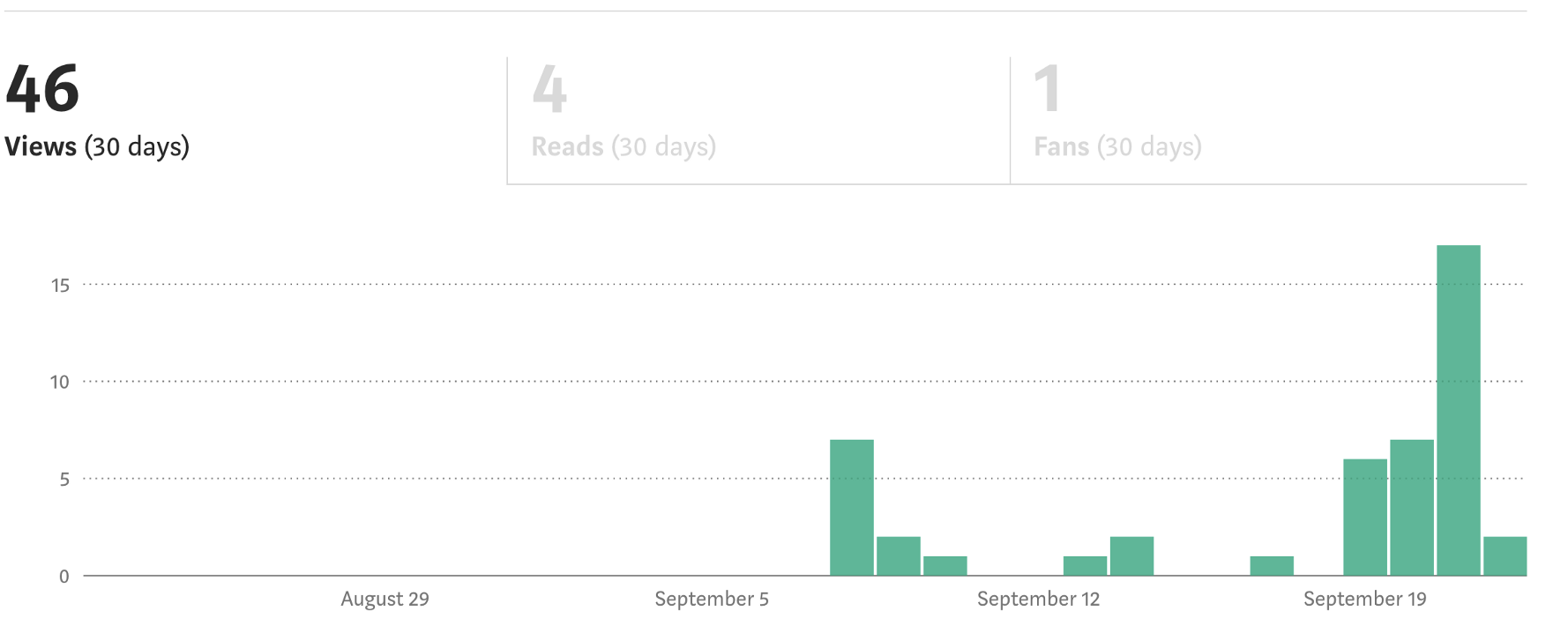
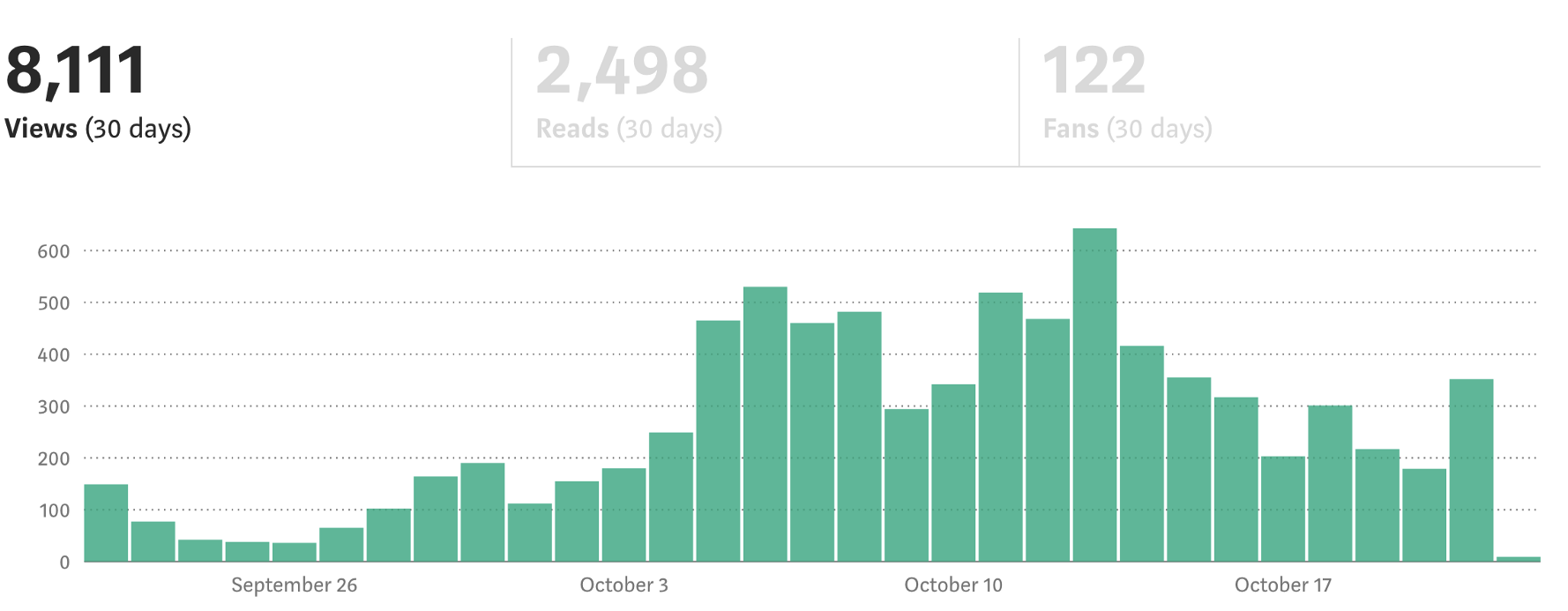
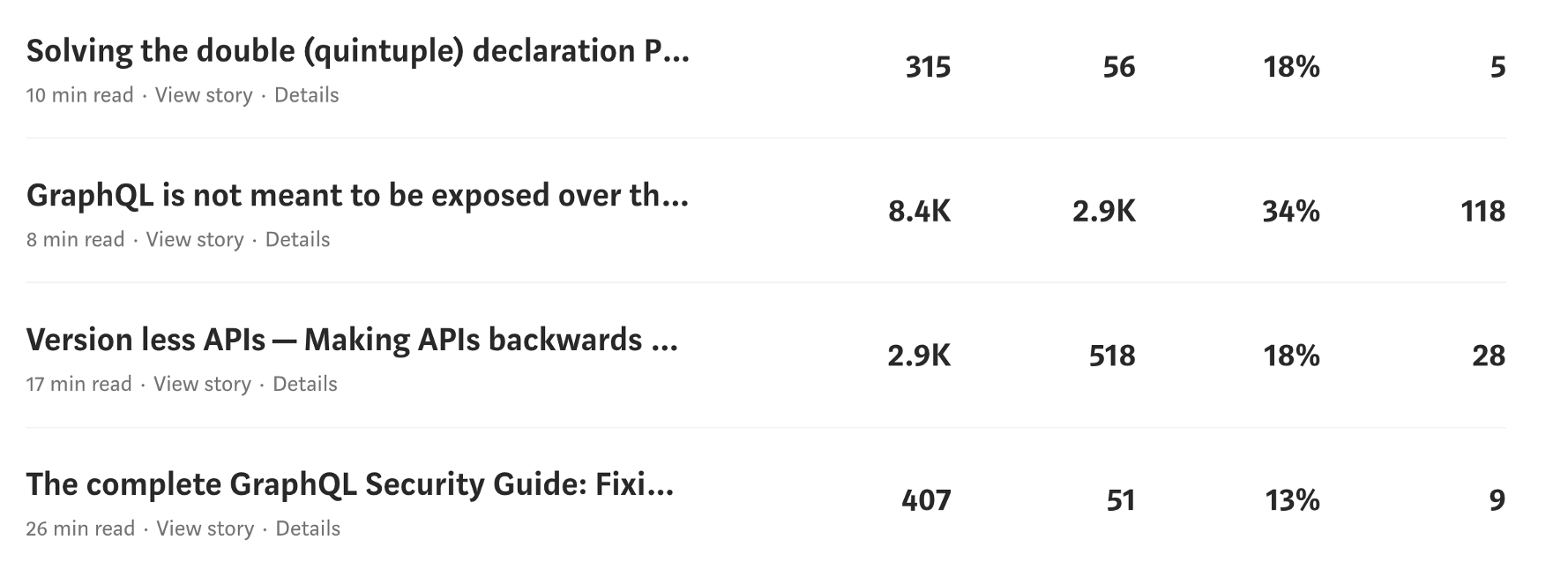
This is such an important question that it deserved it's own header. Where you post your articles is extremely important. What we did at WunderGraph was we wrote our articles to be on our Landing Page and main website. Once we published it on our website, we waited a couple days and then cross posted to lots of popular blogging sites.
The sites we post to are Medium , Dev.to , Hackernoon, and Hashnode. It's also helpful to share your blog links on social media, but we'll talk about that later. When you cross post, it's extremely important to have the canonical link point back to your Website. This will help increase your SEO as well as bring users to your site.
It's important to get as much feedback as you can early on. Whenever someone would comment or interact with one of our blog posts, I would personally reach out to them either through email or LinkedIn. It was important to get their feedback on our vision and product. I wanted to see what compelled them to read our article and what worked and didn't work.
We did this for every single person who interacted with us or joined our Community on Discord. Our CEO would directly message you on Discord, to learn what brought you to us and how can we help you understand WunderGraph more. No matter how many people joined, he did this every single time.
Reaching out like this to potential customers is doing something that doesn't scale, but it is something that will help you scale later on. Another trick I would do is that I would hop in forums and communities where my ICP was hanging out in. For example, since our product used GraphQL, I was active in the GraphQL Discord community and Reddit community. I would post, but not spam post. I would watch the interactions and questions that other members would ask. If it was something that WunderGraph could solve, I would reach out to the user who posted it and recruit them into our Community!
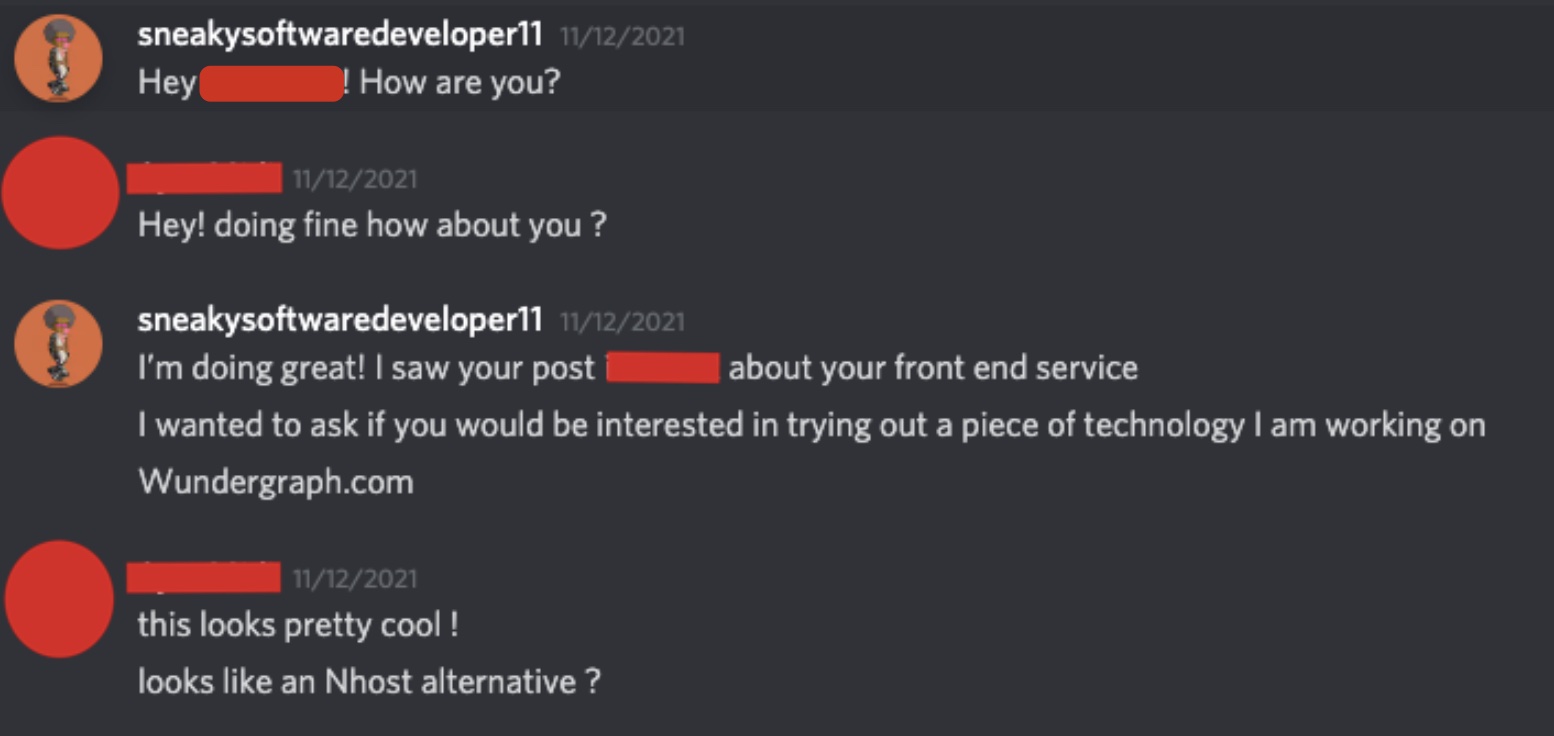
The next multiplier of your content that needs to be mentioned is YouTube. I firmly believe that every startup should use videos when marketing. It's a great way to share content and explain what you product does and why it will make the viewers life better. Our videos were simple and just explained our product or built something using WunderGraph. They weren't the prettiest (btw we are hiring for Developer advocates , so if you know how to make kickass videos. Email me @ [email protected]) videos but they showed off the product and what it did. Don't overthink the videos. Drew Houston founder of Dropbox built a billion dollar company with this video .
It's also important to work with developers and advocate who create content on your niche. We reached out to some YouTubers and gave them access to WunderGraph and our Private beta for WunderHub. We also got lucky and had developers reach out to us! They created awesome content and shared what WunderGraph was doing. Thank you Jack!
Twitter was a awesome resource for us at WunderGraph. Twitter out of all the social media platforms allows you to get the closest to another person. What I mean by that is Twitter allows you to reach out to anyone by either tweeting at them or dm'ing them. Twitter also allows you to get into niches. We would scan through Twitter using search querys for our ICP.
Same thing as above, we would find someone experiencing a problem and recruit them as a user. Even if you are solving a universal problem, most people don't know what they are looking for in a solution until you show them.
"If I had asked people what they wanted, they would have said faster horses." - Henry Ford
Reddit is an awesome platform as well. We would cross post and go look for our ICP inside of Forums. We posted in various community's and interacted with other users. It's important not to be spammy, you can self-promote, but don't spam the forums with your content.
Participate! It's important to interact with potential customers. You need to express your opinion and your thoughts. Story tell your product to them.
LinkedIn allowed us to interact with potential customers. We would connect and interact with people who showed some type of interest in WunderGraph. By interest, I mean entering a mailing list or commenting on our content. We set up meetings and got valuable feedback. This was a great way to keep a long term relationships with potential customers and refine our product.
"It's called chemistry, I have it with everybody!" - Jeff Winger
It's a beautiful sight to see people talking and interacting with your product. You want a safe place for people to interact with you and your team. We decided to make a Discord channel and it's been successful for us.
Your community is equally as important as your product. This is where refinement of your product will occur. The first thing a founder should do is create a community and recruit users into this community. This will make your marketing efforts 10x easier. It's so much easier to market new features to people who already love and enjoy your product. Use all the things we talked about above to recruit users into your community.
1. Talk to everyone. You will learn something from every interaction with a potential customer.
2. Do Demo's. Live Demo's are awesome in sales call. It's always a easy way to see if they are interested in your product. ( the eyes chico they never lie )
3. Launch in early access or use FOMO. Build up the wait list. Build up a community of people who love and use your product.
4. Get customers logo's and feedback. Post it everywhere. The logos reflect back to the market who you are and the type of customers you want.
5. Similar to number 3, you MUST have a community. This is where you will learn about possible new features and actual user feedback. Discord was our go to.
6. DO NOT PAY FOR ADS…. YET. Do things that don't scale. You don't have the budget yet to pay for ads. Be as lean as possible. Bootstrap your marketing and be creative in the first half of your startup journey.
7. Similar to number 6: DO NOT PAY FOR A MARKETING AGENCY. The agency is not thinking long term. I've spoken to founders who were upset because they were paying a agency $1000 a month to market their product. This is trying to automate your scaling effort. It will not work in the beginning. Stop being lazy and go do things that do not scale!
8. Go to physical or virtual events. We got a decent following and useful feedback by presenting and interacting at these events.
9. Check the YouTube comments. It's easy to find your ICP in the comments. Look for videos in your niche and answer the questions.
10. Metrics Matter! If you are not tracking how and where your customers and user are finding you, you are losing valuable data that can help you find your next ICP or where to focus your marketing efforts.
11. Get a Canva membership. It's $15 a month and it's amazing. You're a technical genius, you don't have time to be messing around with Photoshop to make covers for your videos and blogs. Thank me later.
Sales and Marketing can look intimidating, but it's one of the most rewarding parts of building a startup, especially early on. Using these techniques we were able to speak to all sorts of amazing people. From incredible solo developers using WunderGraph for their next project to CTO's using it in production for a public company's software. Good luck and happy building.
Stefan Avram
CCO & Co-Founder at WunderGraph
Stefan Avram is the CCO and one of the co-founders of WunderGraph, helping enterprise customers adopt and scale federated architecture. A former software engineer, he translates technical value into practical outcomes and shaped WunderGraph's early customer motion, guiding platform teams from onboarding to production in demanding environments. A former college soccer player, he brings a competitive, team-driven mindset to every stage of customer growth, with a focus on helping engineering-led organizations move fast without losing control.

